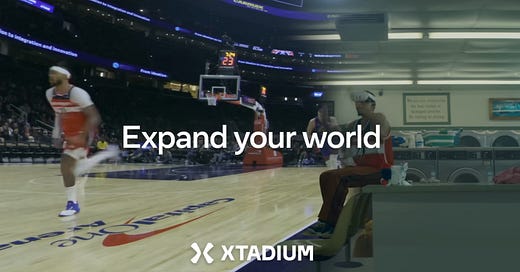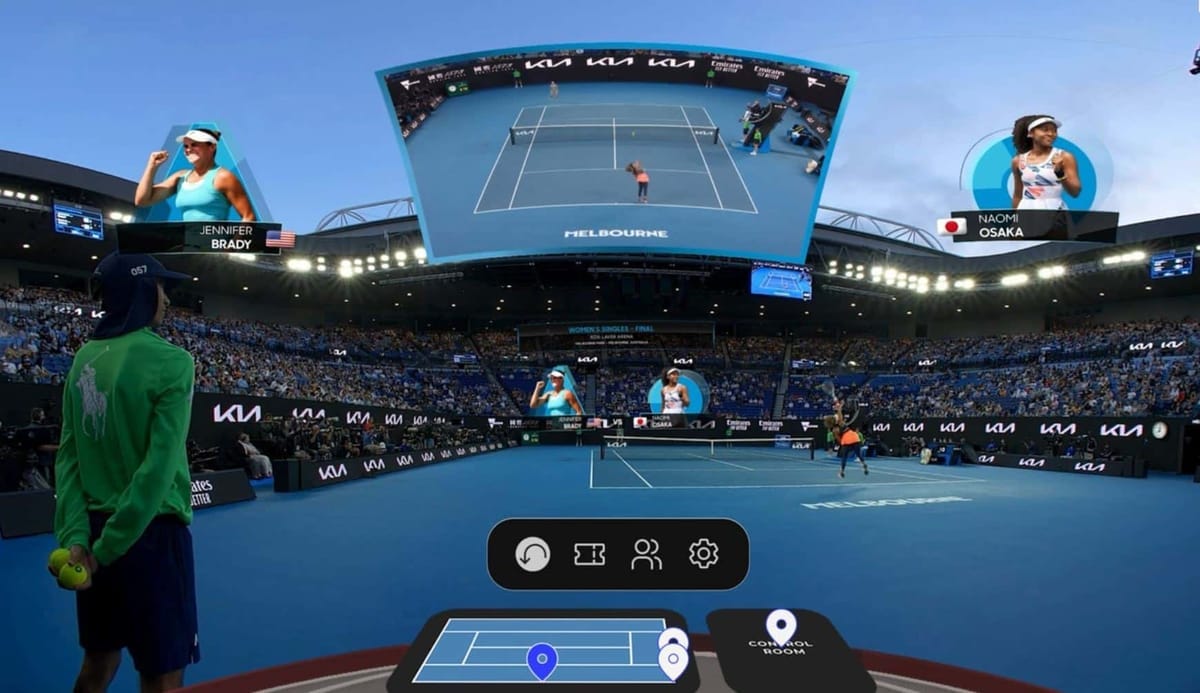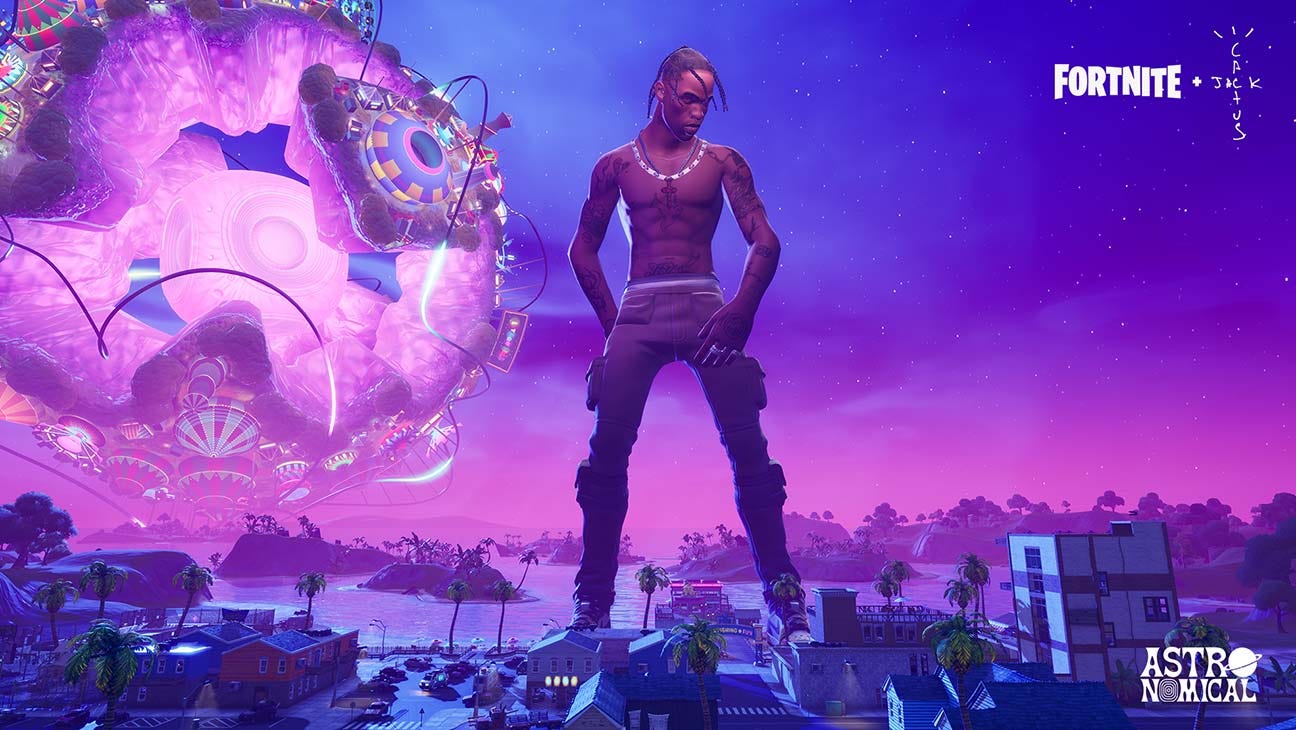How Meta is Revolutionizing Sports and Music Experiences
Meta Quest is changing the way fans engage with live sports and concerts, offering immersive virtual experiences that transcend geographic and financial limitations.
VR and the metaverse were all anyone wanted to talk about a few years ago, but the hype quickly died due to high hardware costs, quality issues, and limited use cases. Meanwhile, generative AI emerged, stealing the spotlight with its transformative potential across industries.
However, that didn’t stop Meta from continuing to invest heavily in VR. Today, we’re diving into their latest Meta Quest campaign and exploring the current landscape of live VR experiences.
Xtadium and Meta’s NBA Partnership: Courtside Seats in Your Living Room
If you’ve tried snagging a ticket to a sports event recently, you’ve probably felt some serious sticker shock. Prices are insane, parking is a pain, and views are usually sub-par. It’s no surprise that 69% of fans, especially younger ones, now prefer watching sports from outside the venue. We live in a world of convenience.
Enter Immersive VR.
Meta’s partnership with the NBA is paving the way, streaming 52 live NBA games in 180-degree VR through Xtadium. This allows fans to enjoy courtside-like views from the comfort of their own homes, complete with spatial sound, real-time stats, and visual effects that bring the game to life. If you’ve caught Meta Quest’s latest campaign, you know they’re pushing this hard now that the NBA season is in full swing.
Beyond just viewing, Xtadium offers interactive features and exclusive merch, and has hosted content from a range of other high-demand sports, including UFC events, U.S. Soccer, NASCAR races, and tennis tournaments.
If you're skeptical about the rise of VR, I get it. But let's consider what’s already unfolding in the live sports world. Take NFL games on Nickelodeon — they’ve been a huge success, proving that the league is actively finding ways to make the viewing experience more immersive and tailored to different audiences.
The demand for more engaging live sports experiences is evident, not just online but also in physical spaces like Cosm. You’ve probably seen these viral videos of their insane sports bar setup in your feed, which features a 360-degree LED dome with spatial audio that makes fans feel like they're truly at the game.
Music Valley in Horizon Worlds: Concerts, Without the Crowds or Travel
Meta has also been making strides in VR music experiences with Music Valley in Horizon Worlds. Imagine a front-row seat to your favorite artist’s concert — Doja Cat, Sabrina Carpenter, Jack Harlow, or another headliner — all from your couch. These virtual shows are already happening and are bringing fans closer than ever with features like interactive stages, unique camera angles, and even virtual meet-ups with other fans.
And for anyone thinking VR concerts are a passing fad, I urge you to consider the success of past events like the Travis Scott Fortnite concert. His “Astronomical” show saw a record-breaking 12.3 million concurrent players at its peak, with 27.7 million unique players attending across multiple shows. Fans collectively viewed the event over 45.8 million times, many returning for repeat experiences. Similar buzz surrounded events for The Kid Laroi and Marshmello.
These were HUGE moments that prove VR concerts aren’t just for niche audiences — they’re permeating culture by merging real-time events with digital worlds in ways that have the potential to engage on a massive scale.
Music Valley isn’t just a cool option for fans however; it’s a platform that could reshape the music industry’s approach to ticketing, fan engagement, and artist-fan connection. For artists, VR concerts represent new revenue streams and a way to reach audiences they couldn’t before.
Just like Spotify broke down financial and access barriers in music, companies will do the same for concerts. The cost will likely shift from consumers to the companies hosting the content. And Meta will be more than willing to take on that cost to position itself as the go-to hub for live digital music — much like how Spotify became synonymous with music streaming.
So, What’s Next for Marketers?
We’re still in the very early stages, but expect brand opportunities to expand in the next few years:
VIP and “At-Home Premium” Packages: As VR ticketing evolves, brands may offer exclusive VR access as part of premium loyalty programs or promotions. Think of limited-edition VR access packages that feature branded content, exclusive angles, or player interviews. For brands with experiential loyalty programs, this could be a new way to reward top customers.
Brand Sponsorships and In-Game Activations: With platforms like Xtadium and NBA Arena, brands could soon sponsor specific features, effects, or even mini-games, creating branded moments within VR experiences. Imagine branded emotes for fans to use during NBA games or sponsor-specific special effects triggered when a team scores — the possibilities for in-game branding are endless.
Interactive Ads and Sponsored Content: VR enables highly interactive, memorable ad placements. Brands could integrate with VR concerts or sporting events in ways that feel less like traditional advertising and more like engaging, shareable experiences.
Global Reach Without Geographic Barriers: VR is the ultimate democratizer, reaching audiences regardless of location. Brands could engage with fans from around the world.
Data Insights and Personalization: VR environments give marketers a unique opportunity to gather data based on user behavior, preferences, and interactions.
Final Thoughts: The New Frontier of Fan Engagement
Looking ahead to 2025, immersive VR is no longer just a novelty; it’s becoming a legitimate way for fans to experience live entertainment. While it might not fully replace traditional viewing, we’ll definitely see more people embrace VR experiences over the next few years.
Companies like Meta are focusing on what makes VR unique—its ability to transport, engage, and connect—to bring fans closer to their favorite sports and music in ways we never imagined. As VR tech becomes more affordable and refined, there's huge potential for brands to play a significant role in the next wave of fan engagement.
Until next time, keep thinking outside the banner ad. ✌️










